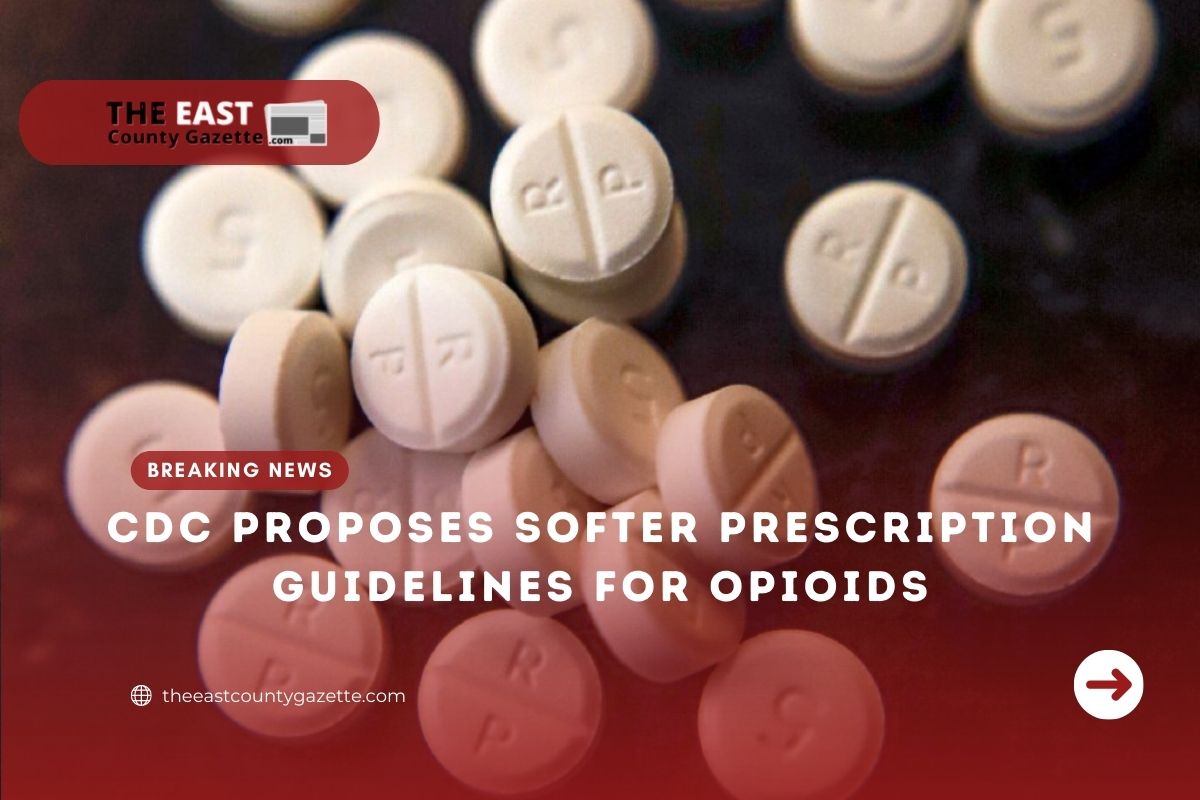National public health agency proposes to change guidelines for prescribing oxycodone and other opioid painkillers.
Six years ago, the Centers for Disease Control and Prevention issued guidance that helped slow prescriptions that ignited the nation’s greatest overdose epidemic.
It also led some doctors to cut off prescription painkiller patients too quickly, and to keep their medications from patients who might benefit from them, CDC officials said as per Medicalxpress report.
“We began to hear how the guidelines were being misused and misapplied” CDC’s Christopher Jones said in a statement.
According to a 229-page draft update published in the Federal Register, some drugs would be exempted from restrictions.
Comments will be accepted for 60 days after publication. The updated guidance will be finalized after the CDC considers comments.
Jones said that the general goal is to provide individualized care for patients. Additionally, it provides more treatment options to address short-term and acute pain associated with surgeries or injuries.
A revision proposal was initially met with skepticism by one expert.
Dr. Adriane Fugh-Berman of Georgetown University Medical Center said the 2016 guidelines successfully reduced inappropriate and dangerous prescribing. Some of its critics have been pain patients, but others have been painkiller manufacturers and groups they fund, according to her.
“There was nothing wrong with the original guidelines,” argued Fugh-Berman, an expert witness for plaintiffs in cases involving pharmaceutical marketing practices.
Flint, Michigan, head and neck surgeon Dr. Bobby Mukkamala welcomed the update.
Some pharmacists are refusing to fill prescriptions as doctors write them because of the CDC’s guidelines, according to Mukkamala.
“That’s disastrous for patients in pain,” Mukkamala, chairman of the American Medical Association board of trustees, commented.
In addition to cancer pain, surgery pain and serious injuries, opioids can be used to treat severe pain. Nonetheless, opioids can also lead to addiction.
Drug manufacturers, insurers, and pain specialists began calling for the use of these drugs for common ailments like backaches and arthritis starting from 1990s.
As part of the campaign, OxyContin was marketed as being less addictive than other opioids.
Overdose deaths in the United States skyrocketed after prescription painkillers were identified as a major factor.
Read More: $3,000 Stimulus Check to Hit Your Bank This Month. Check Out Why?
Despite attempts to limit the prescriptions, the overdose epidemic worsened as people addicted to pills turned to heroin and then to fentanyl.
Overdose deaths in the U.S. are now primarily associated with illegally injected drugs.
Opioids shouldn’t be the first treatment for chronic pain, according to the CDC’s 2016 prescribing guidelines. First, doctors should try nondrug options and limit opioid prescriptions for short-term pain to three days so they can prescribe the smallest effective dose.
Although the guidelines are voluntary, they have been widely adopted and contributed to a dramatic decline in the use of opioid painkillers.
They were also attacked by pain patients and drug manufacturers, who claimed they were depriving people in severe pain of much-needed relief.
CDC officials expressed concern about those reports in 2019. Jones said they evaluated newer research, which resulted in a new proposal. A draft revision was written without input from drugmakers, he said.
The following changes have been made:
—The CDC will no longer recommend limiting opioid treatment for acute pain to three days.
—The agency would discontinue its recommendation that doctors avoid prescribing more than 90 milligrams of morphine a day.
—The CDC now suggests that doctors consider having their patients undergo urine tests to check if they use other controlled and illicit drugs, but they will no longer recommend that such tests be done annually.
—The CDC urges physicians not to abruptly stop opioid treatment for patients receiving high doses unless there are indications of a life-threatening condition. The agency will give recommendations for tapering patients off the drugs.

